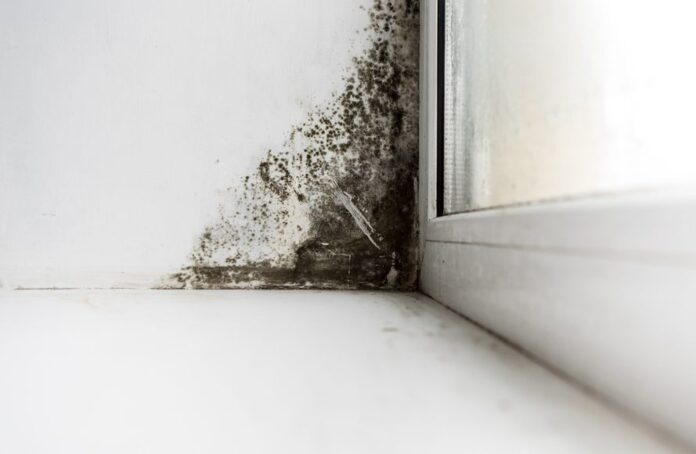Mold is a natural phenomenon that can be found all around us. It’s responsible for creating some of your favorite foods, like mushrooms and cheese! But if you don’t clean up after it – or worse yet- ignore the problem altogether because its presence doesn’t seem significant enough to act upon then there could potentially be serious consequences down the line including compromised health which would lead to other complications such as asthma attacks etcetera.
In this article, we will discuss white mold specifically so read ahead carefully: what exactly do they look Like? Where does one usually find them?
Explaining While Mold
Many species of mold may appear white, but the most common in homes is aspergillus. It thrives on a food source such as wood and can quickly spread to other areas where it will cause negative health effects like allergies or respiratory infections if not properly treated with anti-fungal medications.
Mold spores are microscopic organisms that exist everywhere including your house; they’re usually very harmless unless you have an immune deficiency condition which makes them more likely than others (like penicillium)
Molds can be white or have any color. They also come in many different shapes, sizes, and textures to suit the needs of their host material.
However, there is one thing that all molds share; they’re not pigmented because it’s asexual reproduction where spores are produced without eggs cells as reproduction does with sperm contained within them which contain DNA information needed for growth required later on during development stages when necessary nutrients may become available again
So these unicellular organisms divide rapidly until enough food has been accumulated then “matures” into more mature forms ready for release back onto Earth carrying its genetic instructions along with future generations waiting patiently below ground level at potential new locations should something happen.
White Mold In comparison To Mildew
White mold is often mistaken for the more common green or gray varieties. It can be found growing on many surfaces, but not all of those are plant-related; in fact, it will mostly grow outside where there’s water content to sustain its growth cycle and may cause damage inside your home if left untreated (though this doesn’t occur very often). On top of being easy enough you might find white mushrooms near saltwater beaches!
White mold is mistakenly thought to be the same as efflorescence. White crystals that form on masonry, and can pose health risks if it grows or spread into other areas of your home
Mold also causes a salt deposit called “effloresceince.” It’s caused by salty water seeping through porous surfaces like concrete brick stones which evaporates leaving behind these white crystalline substances similar in appearance but different functions from their counterpart variety found outdoors., unlike this type: Affluence does not cause any illnesses; however you should still remove them since they’re unsightly!
If you want to know whether a substance is a white mold or efflorescence, look at the affected surface. If it’s masonry and glued into your home’s brick walls, then these are signs of an issue with this type of fungus called “effloresce.” Make sure not only do I apply some onto the water; also squeeze some between my fingers for confirmation before determining its toxicity levels!
Is Mold Dangerous
Mold is a growth that can thrive in many places, including the air and on your property. It’s important to clean up any type of mold because it poses risks both near-term (hearing loss) as well long-term ones like respiratory problems or allergies – even milder forms should be taken care of right away!
Mold may not seem very scary at first glance but there are still things you needn’t let happen if want a healthy living environment where all members within this family unit feel safe about their health
White Mold is a very sneaky and tricky mold. It can cause allergic reactions, respiratory infections, eye irritations dizziness nausea headaches, or depression in some people who do not know they are sensitive to this type of fungus which has also been linked heavily with other health issues such as skin rashes on your body’s exterior plus lymph nodes swelling due to infection by white molds (which may go unnoticed at first).
If you suspect that mold exposure has affected your health or that of a family member, consult with medical professionals immediately. To prevent illness from continuing to spread:
Mold can be found in many places such as kitchens and bathrooms where it is dangerous because its spores are easily carried through ventilation systems into other parts of the building; not just those areas right next door! It’s important for everyone who lives there-especially pregnant women-,to get tested so they know how much time needs to be passed between treatments (and any future cleanings).
You may be surprised to learn that there are actually three different types of molds in your home. According to a mold inspection in Miami (Company), Black mold, white fungus, and other species can all cause major problems if they grow too much- so it’s important not just for you but also for those around them! Take a look at this article about black Mold told by someone who has experienced its consequences first hand – what warning signs should we watch out for?











